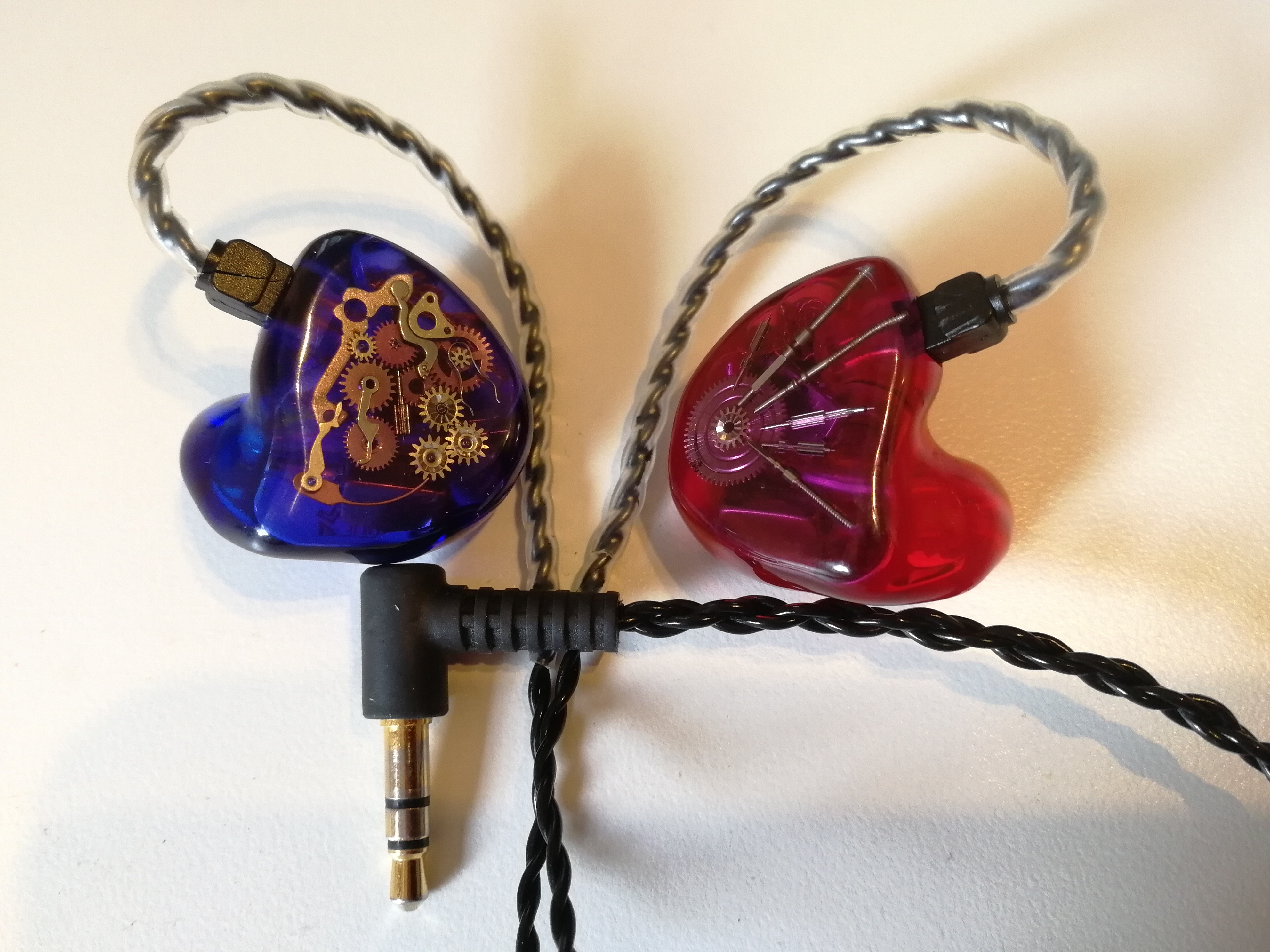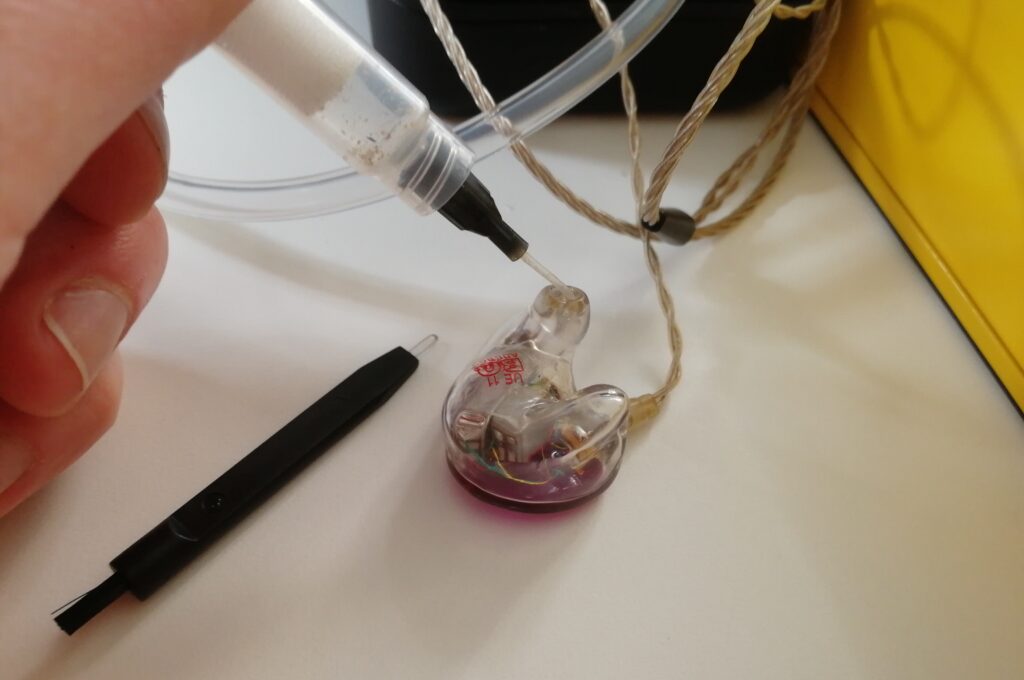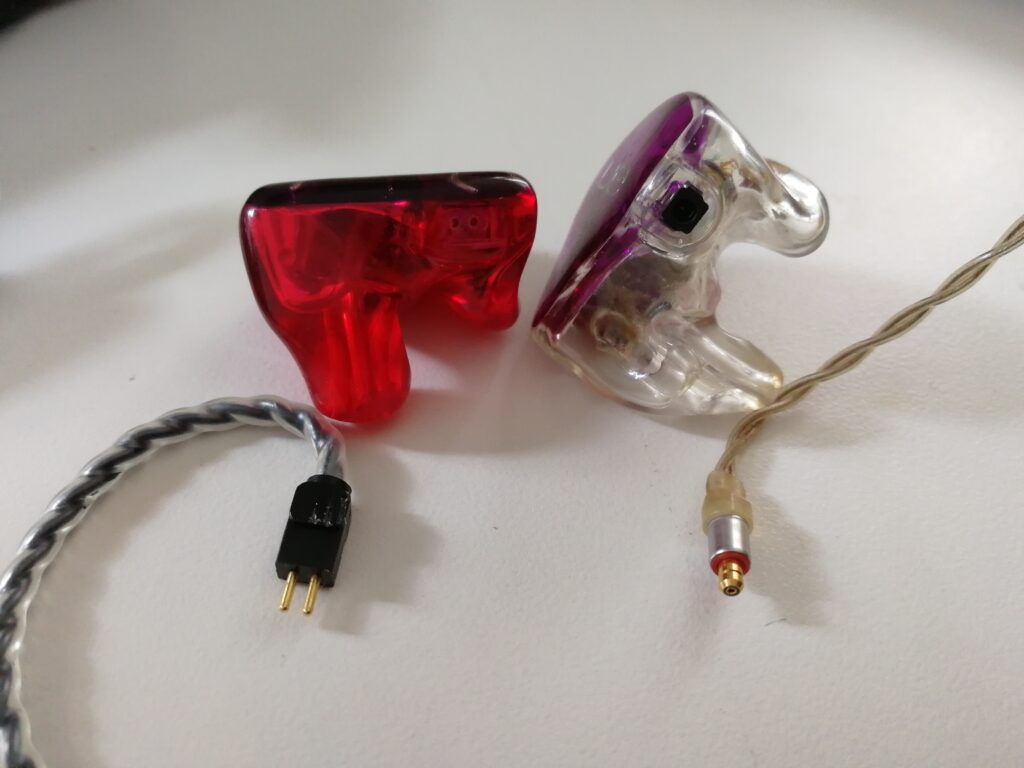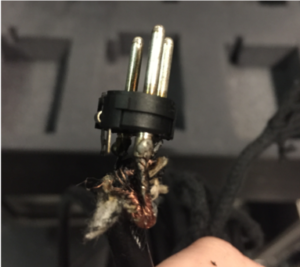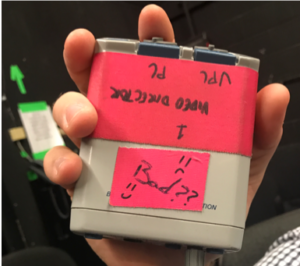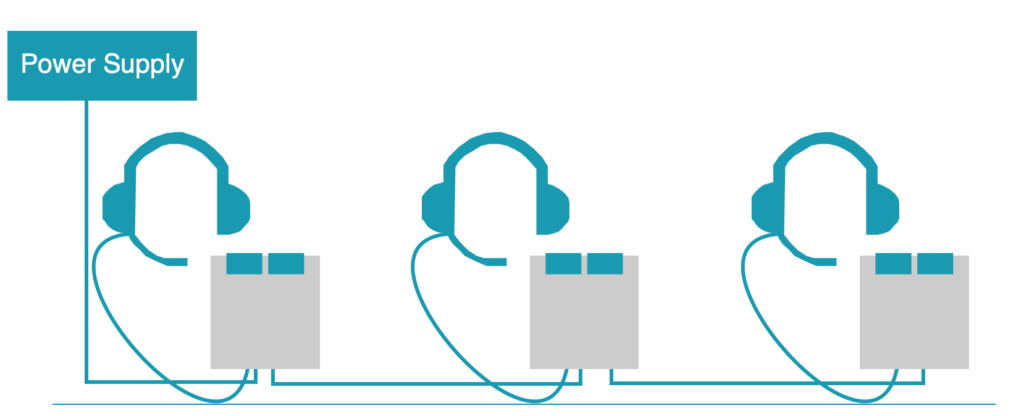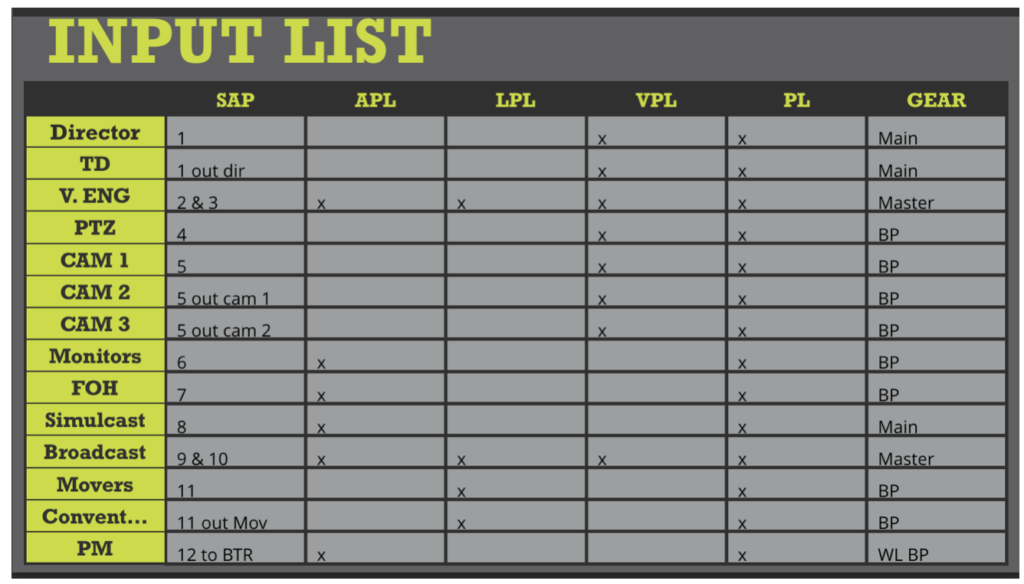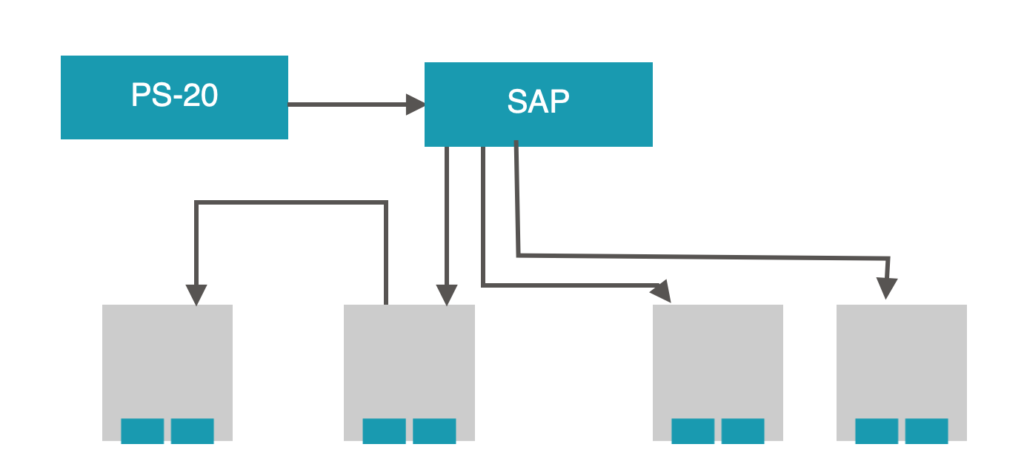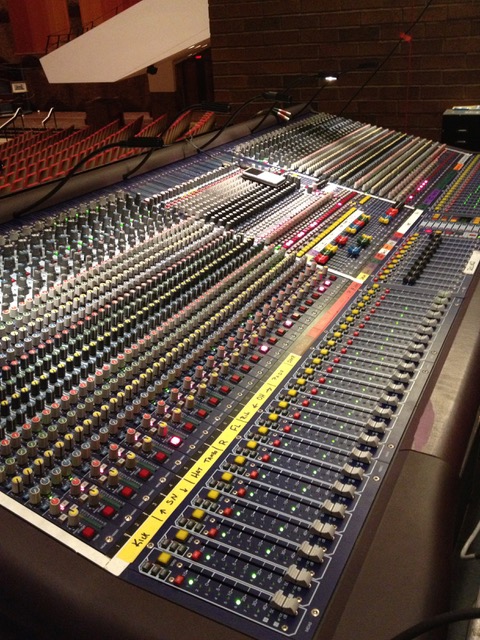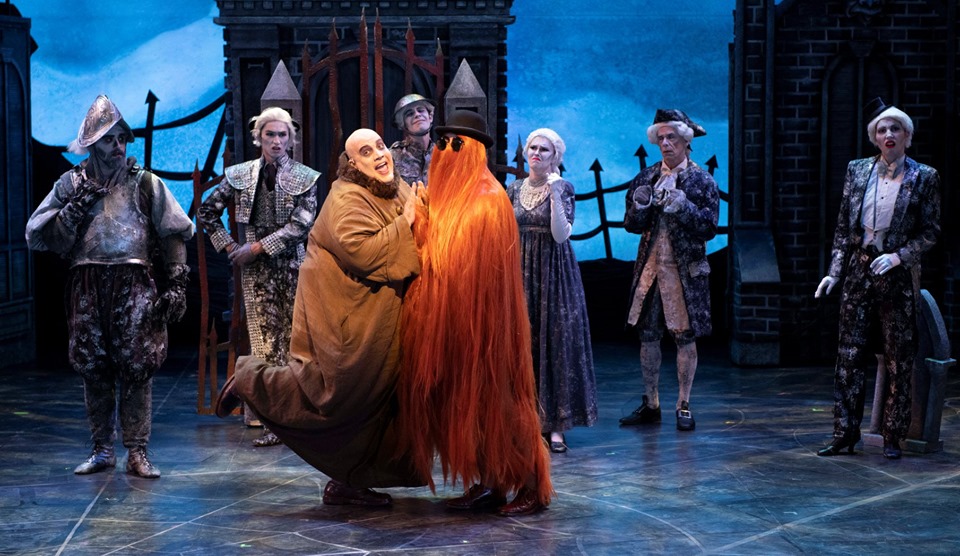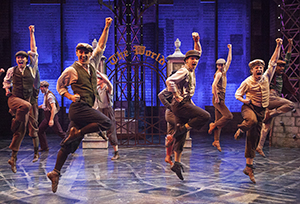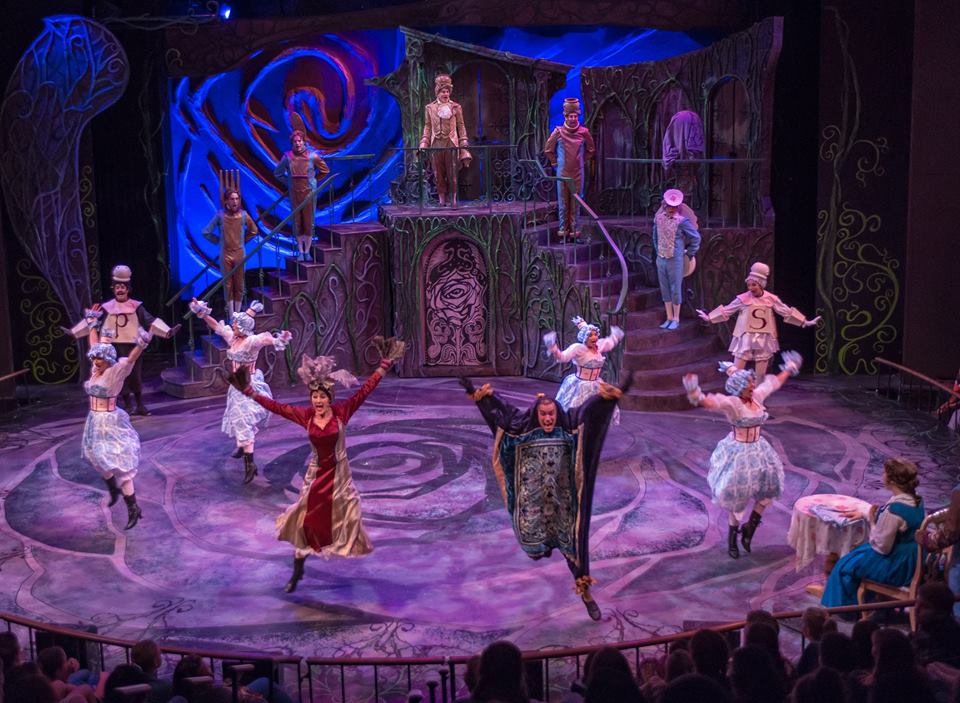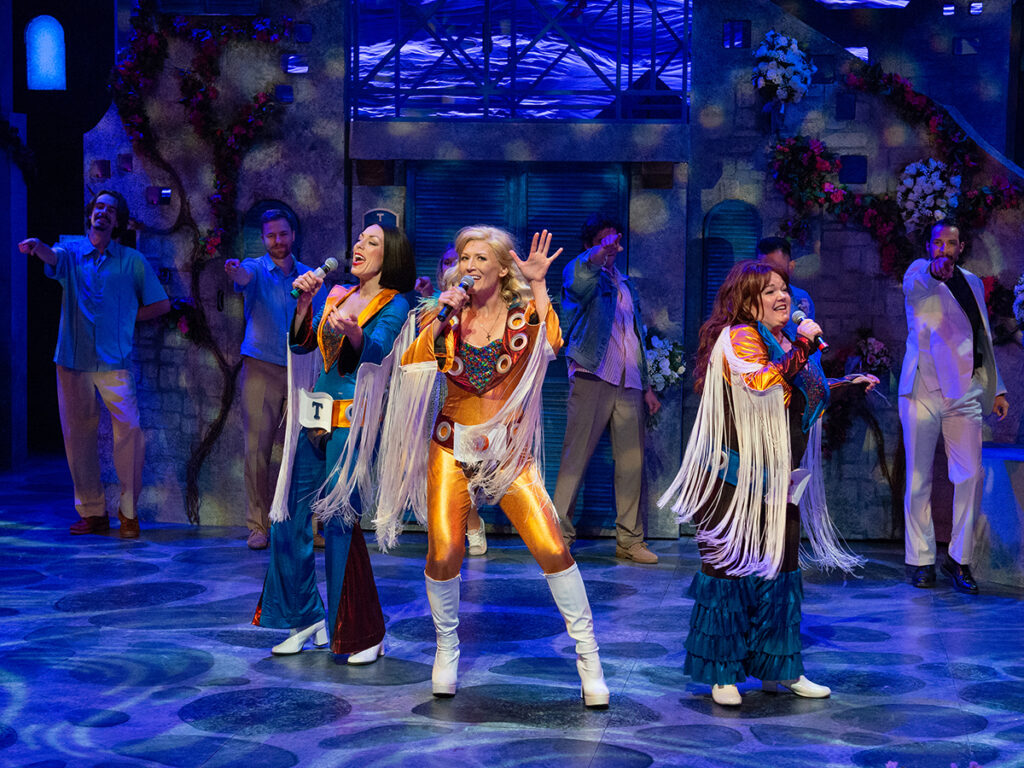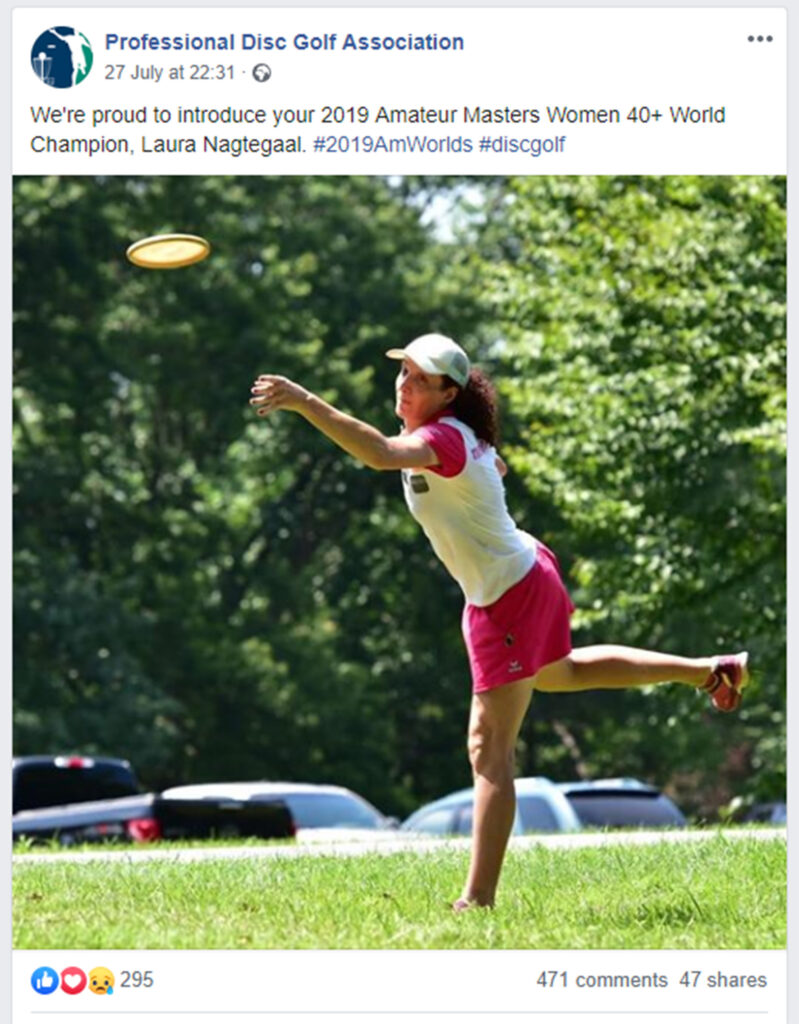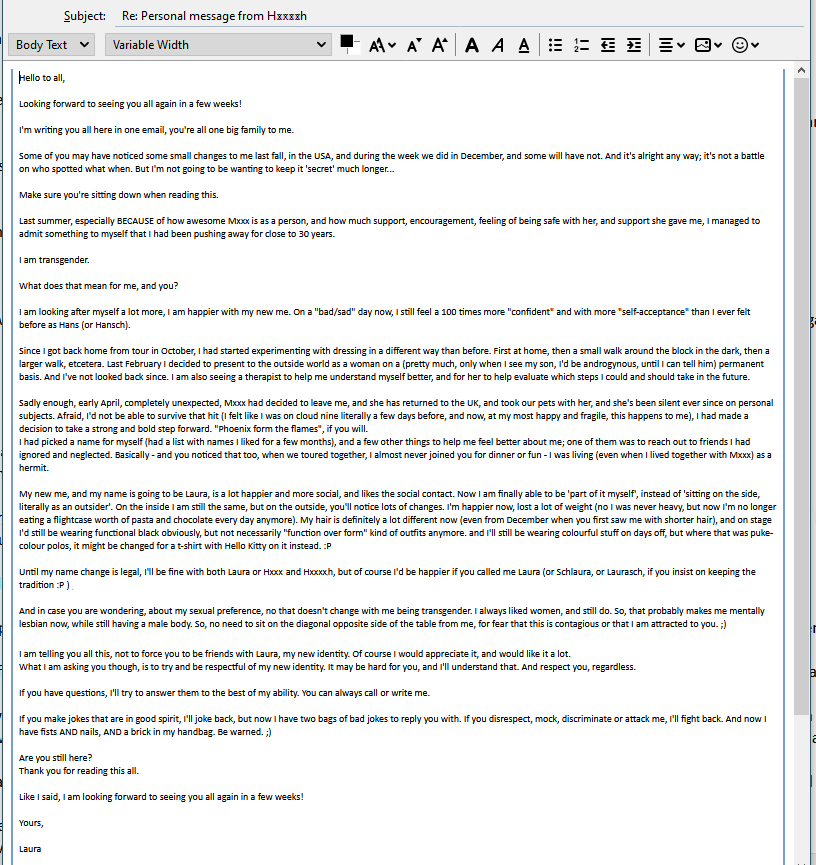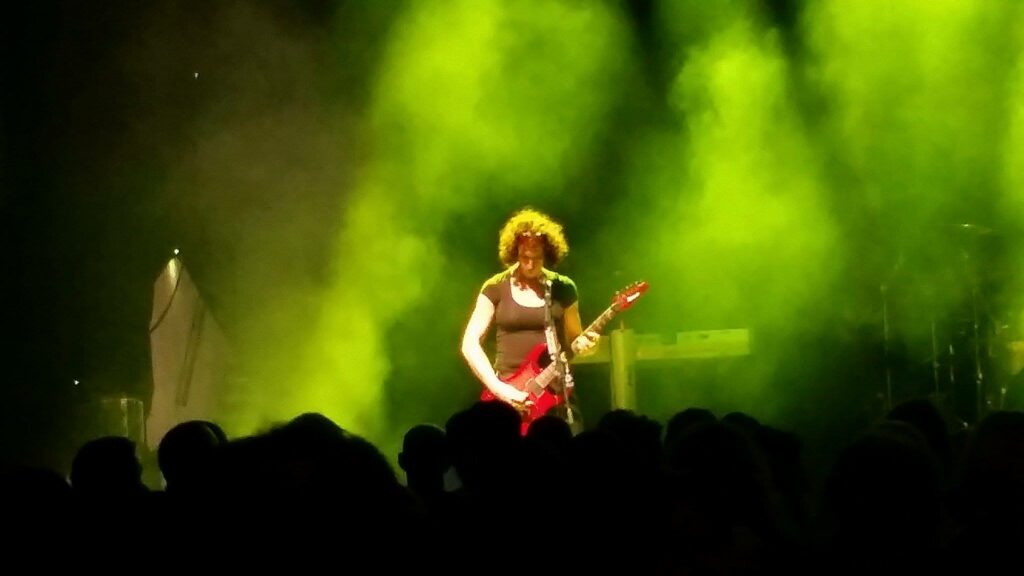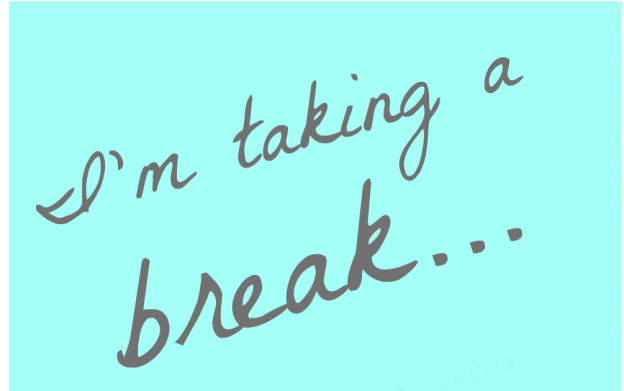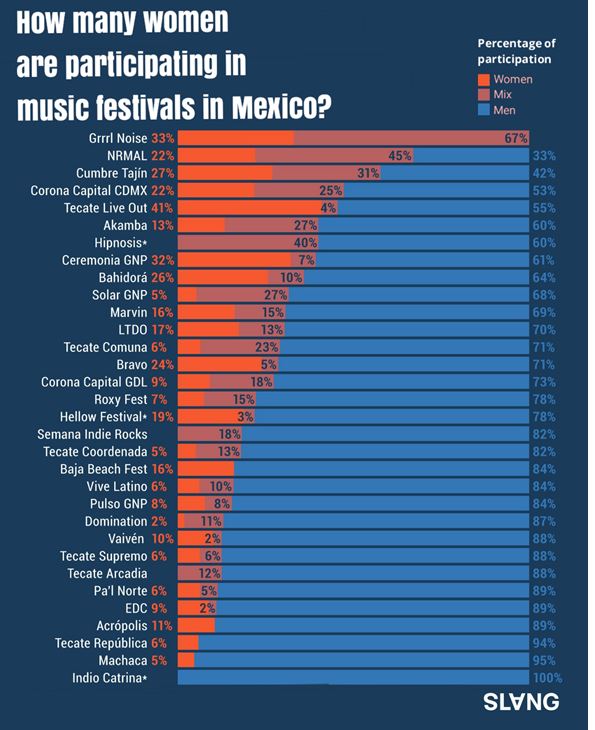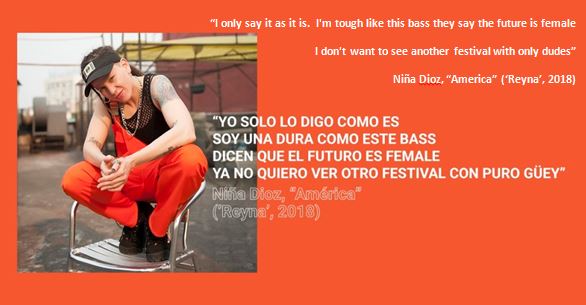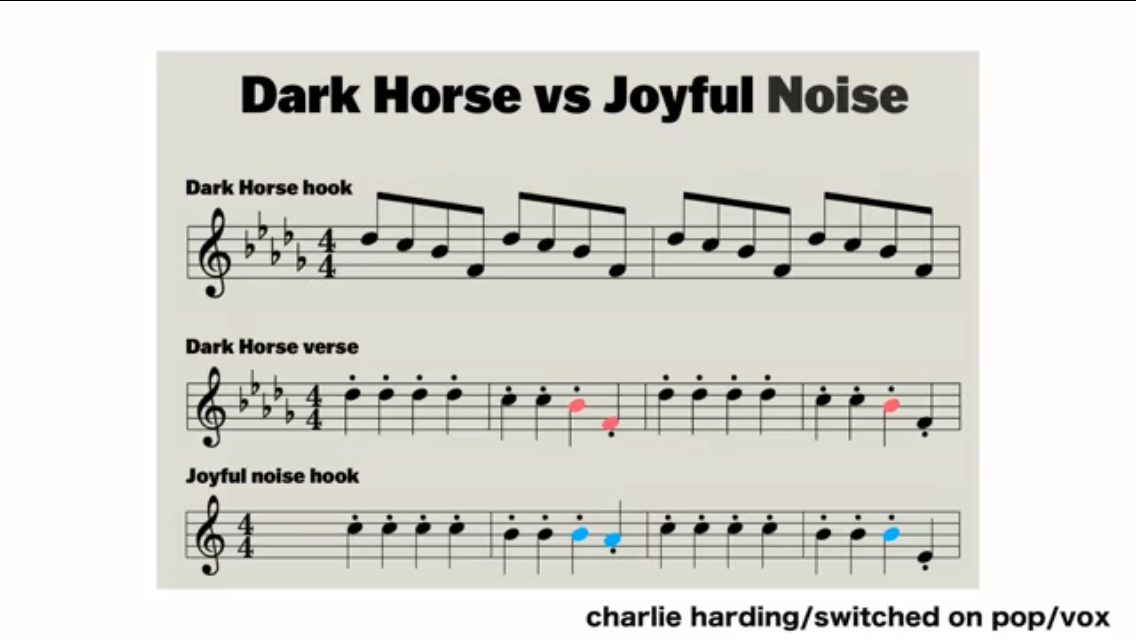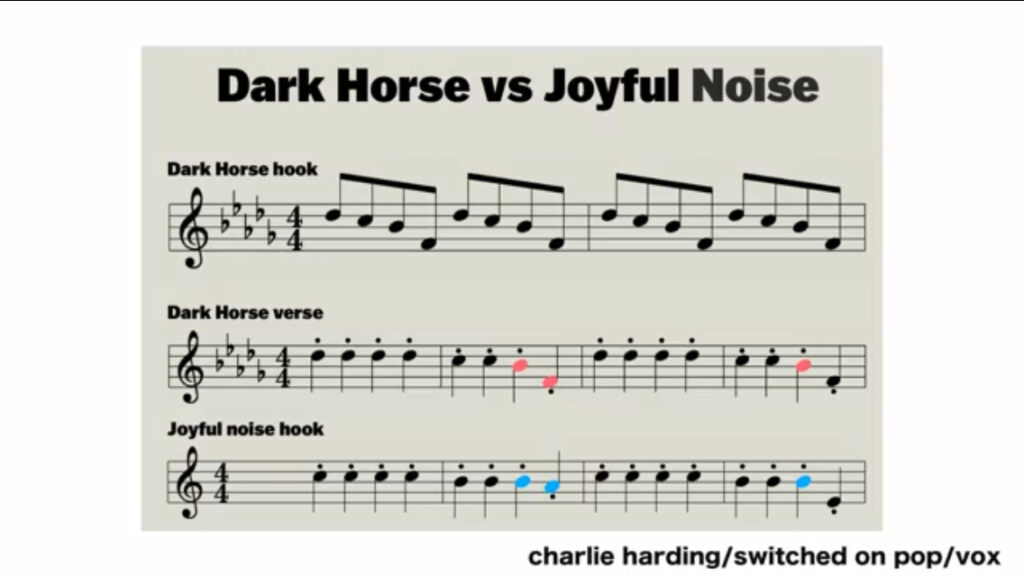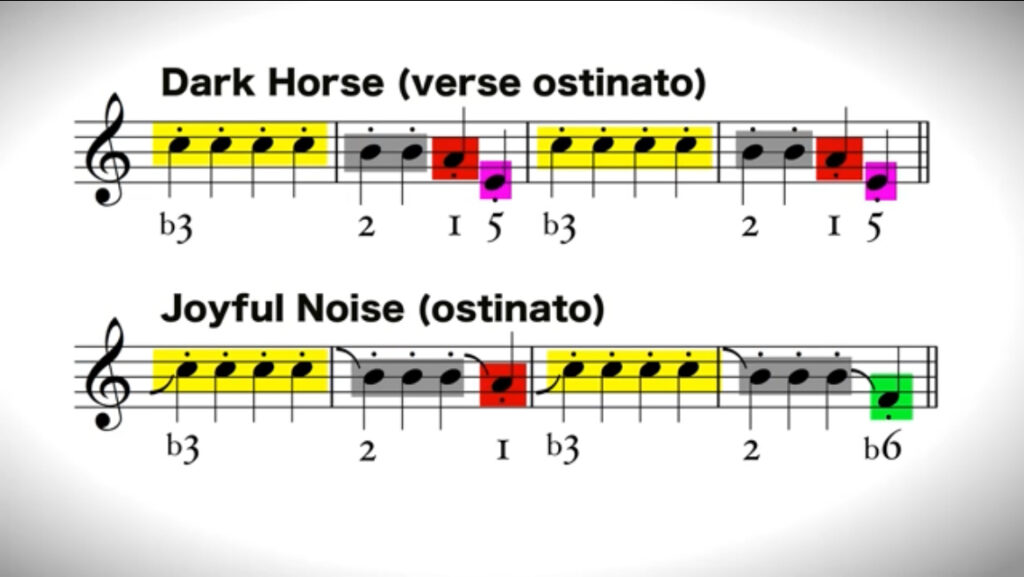El Especial Slang es una mirada a fondo a uno de los tantos aspectos que suceden en el contexto de la industria musical.
En un festival de música solo hace falta echar un vistazo para darnos cuenta de que aproximadamente la mitad del público está conformado por mujeres, tal y como está configurada la población mexicana ―de acuerdo con datos del INEGI (2015), las mujeres representan el 51.4% de los habitantes de nuestro país―. Sin embargo, la participación de estas en los escenarios, así como en otros ámbitos de la industria musical, es minoritaria.
Con base en un análisis de Slang, en el que tomamos en cuenta los carteles de la edición 2019 de 32 festivales, la mitad de estos tenían más de 75% de participación masculina en los escenarios. Para nuestra evaluación incluimos a festivales realizados en territorio mexicano cuyo lineup, o parte de este, se había dado a conocer hasta el 5 de junio de este año ―se hubieran celebrado o no―.
De acuerdo con nuestro estudio, NRMAL (CDMX) es el festival con mayor balance de género en México, así como el encuentro con más porcentaje de actos mixtos (casi 67% de participación de proyectos mixtos y femeninos). “Para nosotros no se trata de una obligación de cumplir la cuota de género. Es lo que tenemos al alcance para generar un cambio”, nos explica Moni Saldaña, directora de NRMAL.

Al cierre de nuestro conteo (5 de junio), Hipnosis, Hellow Festival e Indio Catrina todavía no anunciaban su lineup completo, por lo que podría haber alguna variación en cuanto a los porcentajes actuales/definitivos. Infografía: Andrés de Miguel.
Cumbre Tajín también es uno de los encuentros de este año en el que los solistas masculinos y las bandas conformadas solo por hombres representan menos de la mitad del total del cartel. Por otra parte, Corona Capital, Hipnosis, Tecate Live Out, Akamba y Ceremonia GNP destacan como los encuentros con 40% o más de la suma de proyectos femeninos y mixtos.
Entre las headliners mujeres de los festivales mexicanos de 2019 encontramos a Cardi B (Baja Beach Fest), Lauryn Hill (Solar GNP), Rosalía (Ceremonia GNP), Gwen Stefani (Machaca), Mon Laferte (Pulso GNP, Machaca), Kelela (Akamba), Lydia Lunch (Marvin) y Billie Eilish (Corona Capital).

“En los festivales sí veo que hay una representatividad femenina baja. Es verdad que si ves los headliners, hay mayoría de proyectos masculinos. Es una realidad, pero creo está cambiando también”, nos dice la cantautora Silvana Estrada.
Grrrl Noise es el único evento en México ―entre los de cierto tamaño y que incluyen tanto a talento nacional como internacional― en el que todo el cartel está planeado para tener participación femenina, ya sea con bandas de mujeres o proyectos mixtos liderados por mujeres.
“El que una mujer sea la protagonista de un evento es un acto político que permite que los espacios que son principalmente habitados por hombres, por lo menos una noche, sean usados por mujeres y que los hombres que están ahí valoren el trabajo de las morras”, afirma Merarit Viera, profesora investigadora de la UAM Xochimilco, involucrada en la gestión de eventos enfocados en la participación de mujeres en la música, principalmente en el rock y el punk rock.
“En los noventa, las Riot Grrrls decían que poner el cuerpo en el escenario ya era un acto político”, agrega.

Infografía: Andrés de Miguel.
El rezago de las mujeres en la historia
El bajo porcentaje de participación femenina en los festivales no es una mala intención específica de quienes programan los carteles, pero sí es una consecuencia de la inequidad de género durante los años, y quienes están a la cabeza de diversos aspectos de la industria musical pueden hacer una diferencia al menos en este rubro.
“No es necesariamente a propósito, es que no había sido prioridad en la agenda como lo es ahora. Sigo diciendo a nuestros programadores mayores, quienes lo han estado haciendo por 30 años: ‘Vamos chicos, tienen que comprometerse con esto’. Es una nueva idea para muchos de ellos”, explica a MusicWeek Emily Eavis, hija del fundador del Festival Glastonbury y coorganizadora del encuentro.
Eavis recientemente declaró a la BBC que todavía hay hombres en la industria de la música que prefieren tratar con su padre ―de 83 años de edad― que con ella, a pesar de que ha estado enfocada en el booking del festival durante la mitad de su vida. “Voy a reuniones con mesas llenas de hombres. Algunos son geniales, otros se niegan a aceptar que tienen que tratar conmigo”, explicó la mujer de 40 años de edad.
La baja participación femenina en ámbitos escolares, creativos y laborales es una repercusión histórica. Por ejemplo, en la Constitución Política de la República Mexicana (1857), el derecho al voto solo estaba contemplado para los hombres. Las mujeres mexicanas pudieron participar en algunas elecciones locales hasta 1947 y hasta 1953 en las federales, prácticamente un siglo después.
Aparte, dos terceras partes de los analfabetos adultos en el ámbito mundial son mujeres, de acuerdo con cifras de la UNESCO: consecuencia directa de la exclusión histórica de las niñas y las mujeres a la educación.
Tomando esto en cuenta, no es de extrañarse ―ni es el principal problema― que 70% de quienes forman parte de la industria de la música en el ámbito mundial sean hombres, que solo 6% de los productores reconocidos en Estados Unidos y Canadá sean mujeres, y que estas representen al 22% de los intérpretes de las 600 canciones más populares de 2012 a 2017, según estadísticas difundidas por la organización sin fines de lucro Women in Music.
“Realmente no hay mucho balance en cuanto al talento femenino en festivales, ya sean de rock, hip hop o música electrónica. Es bastante la desproporción. Esto se debe a diferentes factores, yo creo el más importante es que no hay muchas mujeres en los puestos de poder desde donde puedan proponer este talento”, nos explica la rapera Niña Dioz.
“Sigue habiendo mayoría de hombres en estos puestos de los festivales y entonces el resultado está desproporcionado”, sostiene la MC.

Representación femenina en la vida profesional
Como indica la Iniciativa por el Derecho a la Educación (RTE por sus siglas en inglés), uno de los principales obstáculos que enfrentan las mujeres para tener derecho a la educación son los estereotipos de género. Por ejemplo, hay sectores en los que se considera que si una mujer “está destinada a dedicarse al hogar y ser madre”, no tiene por qué estudiar.
Sin embargo, los estereotipos también afectan a quienes sí tienen acceso a la educación, e impactan tanto a hombres como a mujeres.
“Los estereotipos de género son la práctica de atribuir a una mujer u hombre individual atributos, características o roles específicos por razón únicamente de su pertenencia en el grupo social de mujeres u hombres”, se indica en la página web de RTE.
“El matrimonio y la maternidad tienen que ver con la condición de género, las mujeres somos construidas desde la familia. Una mujer joven es ‘una mujer casadera’, no una rockera, es un ‘cuerpo fértil’, no una rockera”, advierte Viera sobre la visión de diversos sectores de la sociedad.
Un ejemplo de cómo afectan los estereotipos de género a las mujeres en la música es el caso de la cantautora Leticia Servín, cuya expareja obtuvo la guardia y custodia de su hijo Dante ante las autoridades judiciales de Jalisco argumentando que por su actividad laboral “se ve obligada a descuidar al menor y no darle la seguridad que necesita”.
Si el hombre fuera el que se dedica a la música no existiría semejante documento, ya que la sociedad mexicana tradicional esperaría que la mujer se quedara en casa a cargo del hogar. “Es irónico porque generalmente las mujeres se hacen cargo de los hijos, pero hay un castigo moral y social porque como ella es música, no es ‘apta’ para ser madre, anclado en que su práctica artística es su profesión”, apunta Viera.
Otro estereotipo de género es la propagación de la idea de que los niños y hombres son más hábiles en cuestiones relacionadas con las matemáticas y la tecnología, lo que podría desalentar a algunas mujeres a desarrollarse en estos ámbitos y traducirse en menos representación femenina en ciertas carreras o disciplinas.
“Creo que muchas mujeres jóvenes son renuentes a perseguir una carrera como productoras o DJs por supuestos sobre la falta de habilidades técnicas de las mujeres”, explica Jahan Yousaf, del dúo electrónico Krewella, a The Huffington Post.
De acuerdo con cifras difundidas por el Centro de Investigación de Estudios de Género de la UNAM, hay carreras “masculinizadas”, como es el caso de las ingenierías, en las que los hombres representan más del 80% de la población total de los estudiantes. Para algunas niñas resulta “lógico”, aunque sea de manera subconsciente, no plantearse la posibilidad de desarrollarse en ciertas carreras si no ven a mujeres desarrollándose en estas.
“Si yo tuviera 13 años, si fuera una chica joven, me gustaría ver a todas estas increíbles productoras en vivo o ingenieras de grabación que son mujeres”, asegura Karrie Keyes, cofundadora de SoundGirls e ingeniera de monitores de Pearl Jam y Eddie Vedder, durante su participación en Sound:check Xpo 2019.
“Ella y otras mujeres con una gran trayectoria decidieron juntar a mujeres talentosas y ayudar a crecer a la nueva generación de ingenieras, que es básicamente en donde se puede hacer un cambio”, nos explica Carolina Antón, representante de SoundGirls en nuestro país.
“Siempre estaremos apoyando el trabajar junto con los chicos y al movimiento en pro de la industria, apoyando a las mujeres que somos la minoría”, agrega la ingeniera, quien ha trabajado con Zoé, Café Tacvba, Natalia Lafourcade, León Larregui, Mon Laferte, Slash y Gloria Gaynor, y en festivales como Pa’l Norte, Vive Latino y Knot Fest.
La intención original de la organización era hacer un sitio web para encontrar a otras mujeres en el mundo del audio y surgió después de que Keyes cruzara su camino por primera vez con Michelle Sabolchick, quien trabajó con Spin Doctors, después de que ambas llevaban más de 20 años en el rubro.

Moty, baterista de Salmerón, MonteCoral, Silent Lune y Mint Parker, reconoce que para ella sí resulta inspirador ver a una mujer en donde a ella le gustaría estar. “Me hace ver que es posible, aunque no creo que sea necesario para todo mundo. Si quieres algo y te aferras, tú sabes que lo vas a lograr”, opina.
“Si tú no ves el ejemplo, si no te sientes representada, si en tu casa te dicen ‘no, esa carrera no es para las mujeres, ¿cuándo has visto a una mujer hacer eso?’, creces con esa programación y de cierta forma no te vas a atrever a soñar. O va a ser más difícil”, señala Niña Dioz. “Al final esto no es cuestión de sexos, si uno tiene el talento o la visión, puedes ser un astronauta si eso quieres, pero sí es importante que haya una representación”.
Por su parte, Moni Saldaña asegura que fomentar la presencia de mujeres en diferentes ámbitos es mucho más que dar un ejemplo a seguir a otras personas. “La visibilidad no solo impacta en que haya más gente que se anime a hacer este tipo de trabajos, sino también en la percepción que se tiene de la mujer”, sostiene la directora de NRMAL.

Contra el sexismo y los estereotipos de género
De acuerdo con ¿Y qué es la igualdad de género?, artículo de Amneris Chaparro para Debate feminista (revista editada por el Centro de Investigaciones y Estudios de Género de la UNAM), “el sexismo es una ideología que informa y perpetúa la desigualdad de género como una opresión natural e irremediable”.
Quienes hemos sido discriminadas históricamente somos las mujeres, como lo reafirma el documento 10 recomendaciones para el uso no sexista del lenguaje, de Conapred (Consejo Nacional para Prevenir la Discriminación), y el ámbito de la música no es la excepción.
“Me pasa mucho, por ejemplo, en pueblitos, que voy a hablar con el promotor y le contestan a cualquiera que esté a mi lado que sea hombre. No importa quién sea, puede ser el man de las aguas”, ejemplifica la tour manager Connie Fuentes, quien trabaja con bandas como Enjambre y en festivales como Akamba, Bahidorá y Vaivén.

Como indica el artículo de Chaparro, el sexismo “involucra concepciones arraigadas de lo que son las mujeres y los hombres, de lo que son los valores femeninos y masculinos y su asignación jerárquica en la sociedad”.
De acuerdo con Viera ―quien también trabaja en el Seminario de Investigación en Juventud, de la UNAM― la dinámica del escenario en general es muy masculina, por lo que las mujeres desarrollan estrategias de aceptación para adquirir cierto respeto. “¿Cómo se adquiere el respeto? Generalmente demostrando que puedes tocar un instrumento igual o mejor que un vato”, explica sobre la ‘prueba’ a la que los hombres no se someten al subir a un escenario.
“Si sigues haciendo lo tuyo terminas por ganarte el respeto de quienes llegaron a decir ‘ah, está bien para ser mujer’. Ese es un comentario típico, pero tenemos que ser más inteligentes y trabajadoras que eso”, apunta Moty, parte del jurado nacional del concurso online de bateristas Hit Like a Girl.

Para Chaparro, una consecuencia del sexismo arraigado es que la desigualdad de poderes entre los sexos es aceptada en muchos sectores, sin ser cuestionada.
“Incluso gente cercana te dice ‘oye, pero es que con eso no vas a ir a ningún lado, para qué haces música, nunca ha habido una mujer que haga hip hop y sea exitosa y gay’. A mí sí me decían cosas como esas, que no había una mujer como yo y que para qué perdía mi tiempo”, explica Niña Dioz, para quien mientras más energía femenina haya, estarán más balanceadas las relaciones en la industria de la música.
“Hasta hace cinco años, que alguien se pasara de lanza en alguna tocada era completamente normal e incluso la culpa caía sobre la chava por estar ahí”, recuerda Viera. “El escenario rockero es nocturno. Alguna mujer que está ahí se vulnera, está en un contexto en el que no ‘debería’ estar, y lo digo entre comillas”, explica sobre un espacio en el que ―aunque cada vez en menor medida― se siguen cuestionando la participación y la presencia femenina.

Para Viera, aunque ciertos géneros musicales considerados como alternativos rompen con la moral, las religiones y la familia tradicional, no lo hacen con los estereotipos de género. “Sí se convierte en un espacio de posibilidad para las mujeres, claro que las chicas se masculinizan, porque es una estrategia de supervivencia en el escenario, pero eso no significa que el escenario no tenga prácticas femeninas y masculinas”, agrega la también profesora de posgrado en Antropología Social en la ENAH.
Como indica Merarit Viera, con base en la definición de tecnología de género de Teresa de Lauretis, los imaginarios de lo que significa ser una rockera y/o un rockero están basados en la masculinidad y en la feminidad. “Hay prácticas que producen la norma de género en el rock: las morras están pensadas como cuerpos bonitos en el escenario. Los hombres están pensados como los buenos ejecutantes”, apunta la autora de Jóvenes excéntricas: cuerpo, mujer y rock en Tijuana (2015).
“Si las mujeres fueran elogiadas más frecuentemente por su música, por su talento, o por lo que sea que no sea cómo se ven, muchas otras cosas en el mundo serían diferentes”, dijo la rapera Angel Haze a la BBC.
“Hay un machismo que va a estar vinculado con el estereotipo y la expectativa que se tiene de que las chavas en el escenario ‘no van a tocar tan bien’”, explica Viera, quien también reconoce que en la escena independiente hay modelos de feminidad.
“El escenario del rock es una tecnología de género. Es decir, produce y reproduce relaciones de poder, representaciones que atraviesan el cuerpo de hombres y mujeres y que generan estereotipos y expectativas de lo que deben ser una mujer y un hombre en la música”, explica sobre la situación.
Presente y futuro de la participación femenina en los festivales del mundo
El bajo porcentaje de participación femenina en los festivales ―y en la industria de la música en general― no es exclusivo de México. Como indica Ruidosa, de 7 a 8 de cada 10 números de los carteles de festivales latinos están conformados por hombres solistas o bandas formadas solo por hombres. Para esto se tomaron en cuenta 66 carteles de encuentros realizados en Argentina, Chile, Colombia y México, así como dos festivales con parrilla latina celebrados en Estados Unidos durante 2016, 2017 y parte de 2018.
En el Reino Unido, de los 9 festivales que BBC Reality Check midió en 2018, 77% de los 756 actos analizados eran completamente masculinos ―incluso sin contar al 9% de actos mixtos con mayoría masculina―.
El mismo año en Estados Unidos, tres festivales (FYF, Pitchfork y Panorama) alcanzaron un balance de género en su cartel. Esto es una prueba de que con un compromiso extra, sí se puede alcanzar una mayor representación femenina en los escenarios.
“Estamos conscientes con respecto al balance de género y al equilibrio étnico. Es una de nuestras prioridades (entre otras como el público, la producción, la venta de boletos). Hay tantas mujeres talentosas en la música que no es precisamente nuestro mayor reto”, explica a Slang Adam Krefman, Director Ejecutivo de Festivales y Activaciones de Pitchfork.
El movimiento internacional Keychange ―parte de PRS Foundation― busca transformar el futuro de la música con una iniciativa firmada por representantes de 45 encuentros musicales de Estados Unidos, Canadá y Europa. Estos están comprometidos a lograr un balance de género 50/50 (mismo porcentaje de participación de hombres y mujeres) para 2022.
“Trabajamos en eso cada día. Cada contratación que Glastonbury hace es consciente, estamos tratando de solucionar el desequilibrio”, sostiene Eavis, a pesar de que este festival no es parte de la iniciativa. “Tenemos mucho por hacer, hay áreas del festival que ya tienen 50/50, como The Park el año pasado (2017). Pero The Pyramid obviamente no y estamos trabajando en ello”, reconoció en 2018 sobre el escenario más icónico del festival.
Es en realidad necesario esperar tanto para tener mayor porcentaje de mujeres en los festivales? “Es una meta fácilmente alcanzable en 2019, nosotros lo hicimos y creo que es uno de nuestros lineups más fuertes. Me parece extraño que traten esto como si fuera el Acuerdo de París [creado para que los países fortalezcan su respuesta a la amenaza del cambio climático]”, advierte Krefman, de Pitchfork.
“Hay muchas mujeres talentosas en la música y venden tantos o más boletos que los hombres”, reconoce.
Moni Saldaña, de NRMAL, coincide con Krefman en que no es imprescindible esperar para tener mayor representación femenina en un encuentro musical. “Fue muy chistoso que hubiera una meta o un tiempo para empezar a hacer las cosas correctamente”, apunta.

Sin embargo, admite que es importante que haya un compromiso al respecto, sobre todo tomando en cuenta que la idea original de un cartel puede verse modificada debido a cuestiones de presupuesto, compromisos e intercambios y hasta a la agenda personal de los artistas.
“Hay que ver el lado positivo de una acción que se está generando. Obviamente lo entiendo. El tipo de festival que hacemos nosotros nos permite jugar muchísimo y experimentar, y podemos programar lo que queramos”, reconoce Saldaña.
“La representación en el cartel es más un reflejo de la industria como un todo que de festivales aislados”, dijo una vocera del festival británico BoomTown a la BBC, algo que evidentemente es cierto, pero no quita responsabilidad a quienes hacen booking de festivales.
Hacia la equidad en la industria de la música
Es un hecho que hay minoría de mujeres en el mundo de la música. ¿Qué procede? Aparte de abrir la conversación con respecto a esto, es importante trabajar unidas, como es el caso de Mujeres en el Rock, encuentro organizado por Marcela Viejo; The Despeinadas, colectivo del que forman parte artistas como Paulina Goto, Cecy Leos, Sofía Macchi y Marissa Mur; She’s Got the Groove, iniciativa de Yamaha con la que Moty y Moni del Valle promueven la participación de mujeres bateristas; y SoundGirls.org, a cargo de la ingeniera Karrie Keyes.
“Hay muchísimas mujeres súper perronas que admiro mucho y la verdad me gusta que esté creciendo la escena femenina”, señala la cantautora Arroba Nat sobre el trabajo femenino en la actualidad.

Para Merarit Viera es importante que las mujeres produzcamos una conciencia política de lo que significa estar en un escenario. “Ya hay más posicionamiento y más conciencia de lo que significa ser mujer en la escena, de las luchas que han tenido que derribar por estar en la escena”, explica la activista, quien suele organizar tocadas y conversatorios enfocados en la posición del talento femenino.
“Creo que, sobre todo en la escena en la que estoy, la fuerza la tienen las mujeres. Está Natalia (Lafourcade), está Mon (Laferte), Daniela Spalla… quienes están al frente de sus proyectos, tienen un show increíble y venden muchísimos boletos. Se me hace muy chistoso que la gente quiera mantener el estereotipo de que las mujeres no podemos liderar nuestros proyectos o de que somos el sexo débil cuando está el ejemplo de que los proyectos más fuertes de este país los llevan mujeres”, apunta Silvana Estrada, quien este año lanzará el álbum Marchita.
Tras más de 20 años en la industria del audio, Keyes también percibe un panorama positivo en la actualidad. “Las industrias se lo están tomando bastante en serio para asegurarse de que no solo mujeres, sino todos los grupos marginados, estén incluidos. Es emocionante ver eso”, explicó la ingeniera de monitores de Pearl Jam durante su visita a México.
Aparte de las acciones de artistas o de quienes tienen cierta capacidad de decisión en el mundo de la música, es importante que exijamos carteles representativos, así como acciones que fomenten la equidad y el balance en todos los ramos de la industria de la música. No subestimemos el poder del público, quienes a fin de cuentas hacemos crecer a los artistas y a los festivales.
“Nuestra audiencia es en general muy progresista, leen nuestro sitio y han llegado a esperar cierta conciencia cultural en nuestra programación, incluso más allá del lineup. Pero eso probablemente no es un asunto tan grande para muchos de los megafestivales, por un montón de razones”, asegura el Director Ejecutivo de Festivales y Activaciones de Pitchfork, publicación a cargo de uno de los pocos encuentros que han dado pasos importantes en lo que a balance de género se refiere.
Es momento de pronunciarnos en favor de la equidad y dar un paso hacia la mejoría en favor de un cambio, así como tomarnos en serio ―como medios musicales― la responsabilidad que tenemos al momento de alzar la voz. “Para la industria en general, la relevancia del balance de género en 2019 debería ser obvia”, concluye Krefman.
PAMELA ESCAMILLA –Baterista helenófila que ha escrito de un montón de temas, pero siempre regresa a la música. También ha colaborado en TrackRecord, Revista Central, Excélsior, Time Out, FILTER, Frente, Merca 2.0 y Grita Radio.
